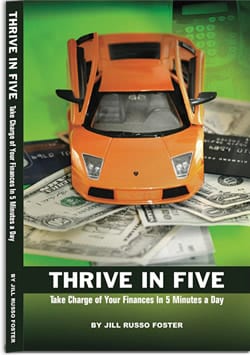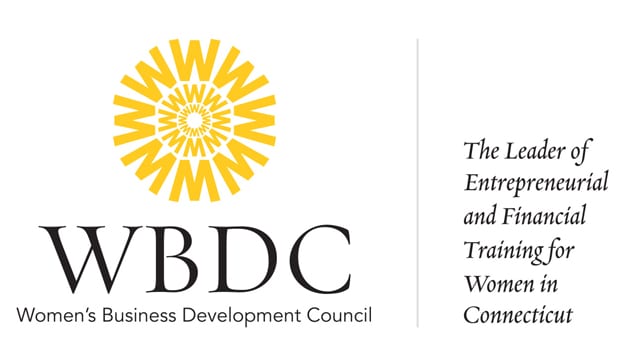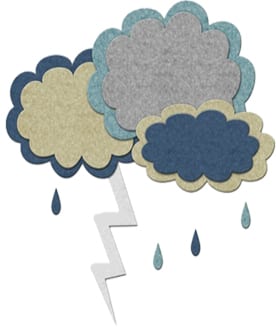Got teenagers?
I will be doing a workshop at Norwalk Community College this Saturday, March 10 at 10 am for teens.
 lege scenarios – to understand what’s involved and the choices you make and how they affect your financial future. Learn lifelong skills now for a lifetime of
lege scenarios – to understand what’s involved and the choices you make and how they affect your financial future. Learn lifelong skills now for a lifetime of




 Brought to you through a partnership with the Department of Economic and Community Development
Brought to you through a partnership with the Department of Economic and Community Development Funded in part through a Cooperative Agreement with the U.S. Small Business Administration.
Funded in part through a Cooperative Agreement with the U.S. Small Business Administration.

 I was able to pay more than the minimum on my credit card bill
I was able to pay more than the minimum on my credit card bill To start, you need to do some brainstorming.
To start, you need to do some brainstorming. Because, if you don’t have a savings account to fall back on, you’ll be back in debt the next time you’re blindsided by an unexpected repair or medical bill. Life happens. If you don’t have money in the bank, how will you pay for the surprises it brings? With a credit card or a loan? It’s a bad habit, and it’s better to start breaking it now rather than later.
Because, if you don’t have a savings account to fall back on, you’ll be back in debt the next time you’re blindsided by an unexpected repair or medical bill. Life happens. If you don’t have money in the bank, how will you pay for the surprises it brings? With a credit card or a loan? It’s a bad habit, and it’s better to start breaking it now rather than later. One way to “find” money is by plugging the leaks in your spending. You’ll take back that wasted cash and put it where it can do some good. To do this, you need to know where your money is going, and that means tracking your spending. For more information on how to do this,
One way to “find” money is by plugging the leaks in your spending. You’ll take back that wasted cash and put it where it can do some good. To do this, you need to know where your money is going, and that means tracking your spending. For more information on how to do this,